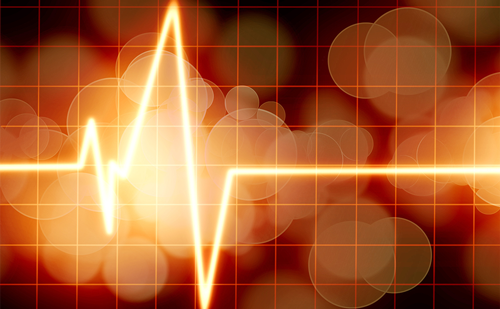Electrograms (EGMs) contain information in the frequency domain (FD) and time-frequency domain (TFD) that is not currently assessed clinically. Greater utilisation of this information could lead to improved understanding of the local electroarchitecture. The Langendorff perfusion system allows EGMs from porcine hearts to be recorded ex-vivo, where cellular components of the pro-arrhythmic substrate ablation targets can be pharmacologically induced in a controlled manner. Carbenoxolone (CBX) induces gap-junction uncoupling, while Lidocaine (Lido) blocks the Na channel and Pinacidil (Pin) opens the KATP channel. We aimed to predict the presence of multiple proarrhythmic substrates in the intact porcine myocardium using FD and TFD EGM features and machine learning (ML).
Following explantation using a clinical donor retrieval protocol, ex-vivo porcine hearts were perfused on a custom-built Langendorff apparatus. Unipolar electrograms were recorded on the epicardial surface across 16 positions in the left atrium and ventricle at pacing cycle lengths between 300-1,500 ms at baseline (BL) (n=7), then modulated with Pin (n=2), CBX (n=2) or Lido (n=4). A total of 8FD features were extracted: dominant frequency (DF), power spectral density (PSD) mean, PSD median, PSD max, PSD skew, PSD Kurtosis, PSD standard deviation (SD) and root mean square (RMS) amplitude. Seven 7 TFD features were extracted: maximum modulus (MM), variance of signal energy, scale corresponding to minimum energy, scale corresponding to maximum energy, pseudo-frequency corresponding to minimum energy, pseudo-frequency corresponding to maximum energy and percentage of energy corresponding to MM. The dataset was split using 5-fold cross validation and a random forest ML algorithm was trained to classify each EGM as either BL or modulated (Mod). Classification of each EGM as BL against the specific modulation (Pin, CBX, Lido) was also trained. The accuracy of each model was tested on unseen EGMs. Prediction accuracy on unseen EGMs was 94% with 12,733 (92%) BL EGMs correctly predicted and 13,259 (95%) Mod EGMs correctly predicted. The top features selected in order of importance were PSD mean, PSD SD, MM, PSD max, DF.
The overall prediction accuracy between BL, CBX, Lido and Pin of unseen EGMs was 88% with 3,890 (88%) BL EGMs, 4,374 (83%) CBX EGMs, 3,288 (80%) Lido EGMs and 4,673 (99%) Pin EGMs correctly predicted. The features selected in order of importance were percentage of the energy at the scale corresponding to the MM, pseudo frequency (PF) corresponding to minimum energy, PSD mean, PF corresponding to minimum energy and RMS amplitude. ML can accurately and automatically differentiate pro-arrhythmic substrates when used with FD and TFD features of EGMs.







